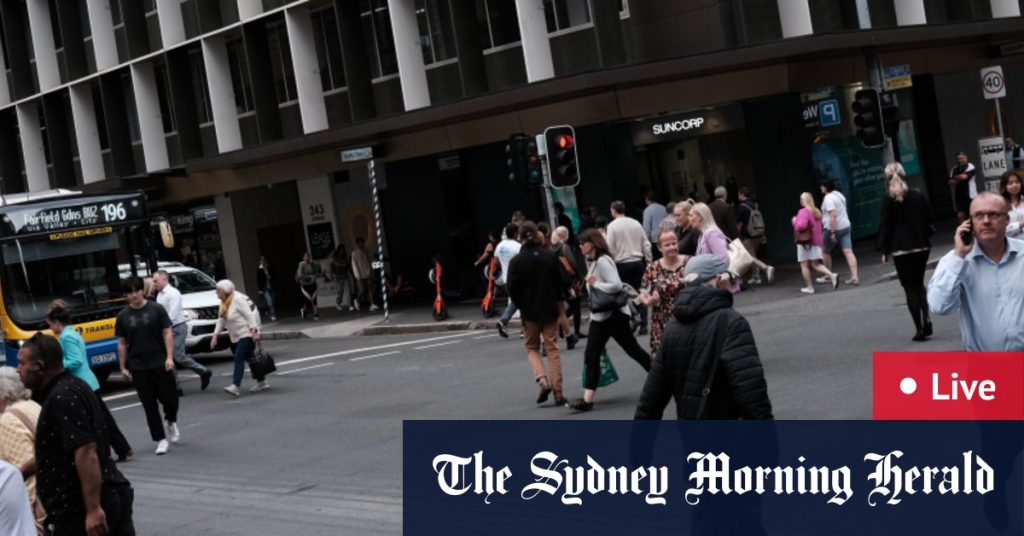Plans to attract high-density residential projects to South Brisbane have not been successful, with only one application received in six months according to councillor Trina Massey. The Brisbane City Council had received approval from the state government to encourage high-density living, allowing buildings up to 90 storeys on the South Brisbane corner of the Brisbane River. Massey criticized the lack of progress, stating that the Kurilpa plan was meant to be a model for urban renewal projects across the city to address the housing supply, but only one development application had been submitted in the designated area.
The Brisbane City Council is seeking additional information from the developer of a 30-storey project on Melbourne Street, as it falls under the category of impact assessable. Despite the slow progress, Lord Mayor Adrian Schrinner expressed confidence in the market forces driving development, attributing the lack of applications to the challenges faced by construction companies. He emphasized that feasibility studies were important in determining the viability of projects and that the current economic conditions may be hindering new developments in the area.
Deputy Mayor Krista Adams criticized the Greens for being hypocritical in their stance on new construction projects. She accused them of demanding more homes to be built while also protesting against their construction, creating obstacles for developers looking to invest in high-density residential projects. The political tensions surrounding housing development in South Brisbane reflect the broader challenges faced by local governments in balancing the needs of residents, developers, and environmental conservation efforts.
The slow uptake of high-density residential projects in South Brisbane raises questions about the effectiveness of the Kurilpa plan and the broader strategy for urban renewal in the area. With only one development application submitted in six months, stakeholders are reevaluating the approach to attracting investment and ensuring sustainable growth in the region. The debate between council members and political parties highlights the complexities of urban planning and the tensions between economic development and environmental protection.
Moving forward, there is a need for collaboration between government officials, developers, and community members to create a balanced approach to urban development in South Brisbane. By addressing concerns about feasibility, environmental impact, and community engagement, stakeholders can work towards a more inclusive and sustainable vision for the area. With the potential for high-density living to transform the skyline of South Brisbane, it is essential to ensure that plans are in place to address the diverse needs of residents and create a vibrant and livable urban environment for future generations.


